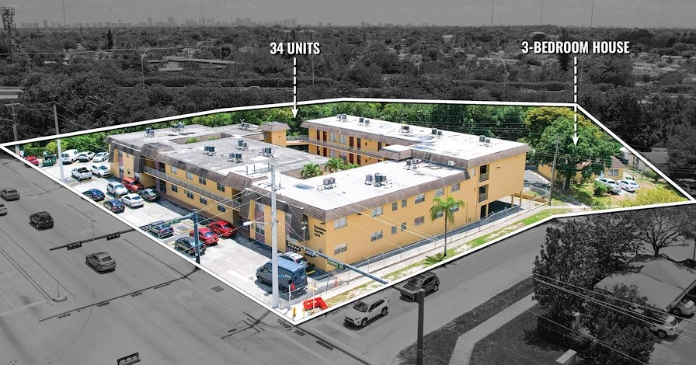After considering the Administration’s goal as well as its previous attempts to shoehorn minorities into largely homogenous communities in which they otherwise could not afford to live, the author comes to this conclusion:
“Seemingly incapable of learning from its blunders, HUD continues to try to engineer residential integration—even though public attitudes have evolved and the Fair Housing Act of 1968 made housing discrimination illegal and Americans have shown themselves happy to decide where they’d like to live.”
This take on HUD’s latest diversity initiative prompted NMHC Chairman and Avanath Capital Management CEO Daryl Carter to submit an open letter to the editor of The Wall Street Journal in support of the author’s views. As an African-American and owner and manager of affordable housing communities, he argued that such mandates are not only misguided but ultimately ineffective in solving affordable housing challenges.
More specifically, Carter made the case that the policy overlooks the need for affordable housing to be located close to job centers, ignores the cultural fabric of many existing communities and is too focused on communities that can only marginally move the needle on addressing affordable housing needs.
Dear Wall Street Journal Editor:
I fully support the views presented by Jason Riley in his commentary, “Obama wants to Pick the Clintons’ Neighbors” (June 16, 2015). The new regulations by HUD that will attempt to “social engineer” diversity in 1,250 communities in the U.S. by mandating new affordable housing that will specifically target minorities are simply misguided. More importantly, these potential mandates do not address the critical need for more affordable housing in the U.S.
I am African American and the founder and CEO of an investment firm that owns and manages affordable apartment communities across the country, in California, Florida, Texas, the Upper Midwest and the Northeast. While Mr. Riley addresses many of the public policy and social science issues with the HUD regulations, they are also inconsistent with the best practices in the multifamily rental industry, specifically:
- The biggest driver of affordable (and conventional) rental demand is proximity to employment. We need MORE housing of all types near job centers, not necessarily Westchester County. Our most successful properties, with waiting lists, are those in very close proximity to employment centers —Disney World in Orlando, Port of Long Beach in Long Beach (CA), and the Dulles Airport Tech Corridor in Northern Virginia.
- This policy is dismissive of the cultural fabric in certain communities. For example, we own a property in Downtown Los Angeles that borders both Chinatown and East LA, two communities with cultural richness—with lots of businesses, restaurants, grocery stores that serve our large Asian and Latino resident pools. Most importantly, this property is walking distance from thousands of jobs and in close proximity to Union Station, which provides access to most jobs in Southern California. Our residents are hard-working and aspirational, perhaps with the goals of one day living in Newport Beach or Beverly Hills. But, today, living close to work and having access to amenities reflective of their culture is their American Dream.
- The HUD requirement that Westchester County build 750 units over seven years is a mere “drop in the bucket” relative to the need for affordable apartments in the NYC metropolitan area. It also implies that the Westchester properties will be smaller—perhaps 50-75 units each. Ultimately, we will make an impact on adding more affordable rentals in a market like NYC by adding larger projects—of at least 200-300 units, with greater density—preferably in areas in very close proximity to employment.
In conclusion, with the right public policy, the apartment industry can solve the need for more affordable rentals in markets such as NYC. One irony—our most successful apartment communities are also the most ethnically diverse. After all, everyone wants to be closer to work. Practicality always wins!
Sincerely,
Daryl J. Carter
Chairman and CEO
Avanath Capital Management, LLC















